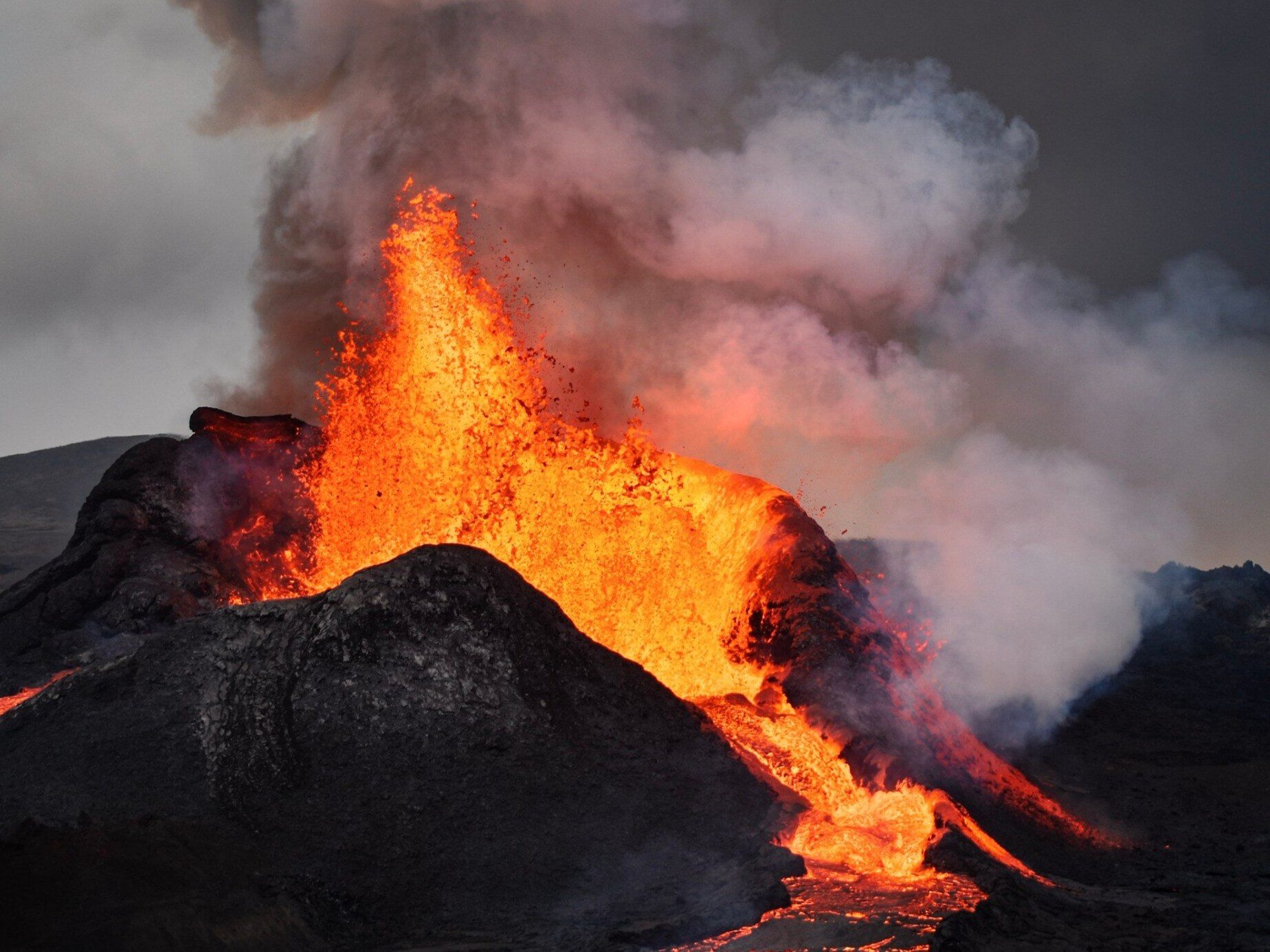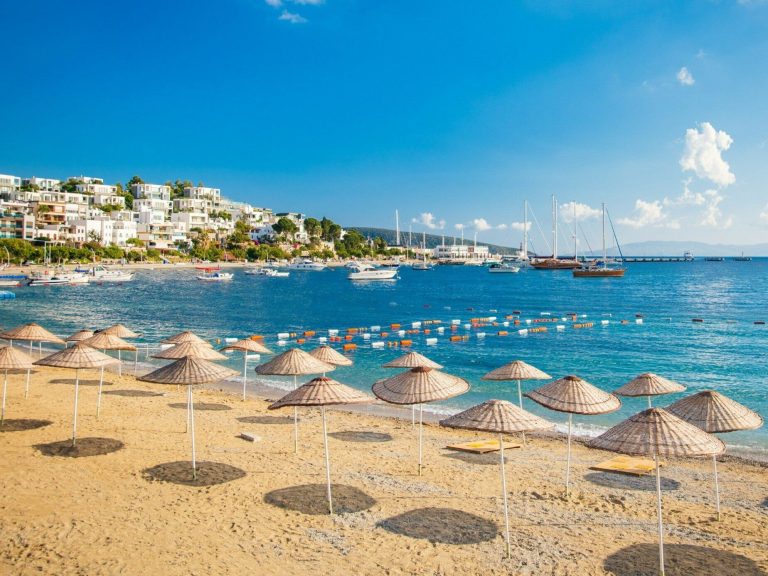The sulfur dioxide cloud from the volcano in Iceland also reached Poland. “The eruptions were not that serious.”

A plume of sulfur dioxide emitted by the March eruption on Iceland's Reykjanes Peninsula reached the British Isles, Scandinavia and Poland. Experts are watching it closely.
According to the global Copernicus Atmospheric Monitoring Service (CAMS), a sulfur dioxide cloud is moving from Iceland through the Barents Sea over continental Europe. CAMS forecasts predict that the main plume will reach through Scandinavia and the Baltic countries towards northwestern Russia.
The dangerous cloud from Iceland also reached Poland
The March 17 eruption on Iceland's Reykjanes Peninsula was the largest of four recorded in the area in the past four months. It emitted large amounts of SO2. A state of emergency was declared in the region, but according to the Icelandic Meteorological Office (IMO), slow flows of lava spared the city of Grindavik, which was evacuated as a precaution. The famous Blue Lagoon tourist attraction has also been temporarily closed.
According to local authorities, the lava covers 5.85 km2, and the threat level remains very high. However, the volcanic eruption is stable. In this case, however, it took place without clear warning signs, such as earthquakes, which worried researchers.
The amount of SO2 emitted during the eruption was well captured by satellite instruments.
“Previous eruptions did not produce much SO2 emissions that could be observed and recorded in our system,” says Mark Parrington, senior scientist at CAMS. “Observations have shown a clear amount of SO2 emitted this time and we are closely monitoring the plume as it moves across northern Europe,” he added. “The plume was observed at an altitude of up to 4 km, which means that transport forecasts are relatively confident.”
Sulfur dioxide a threat to the Earth
In a press release, CAMS director Laurence Rouil said: “Volcanic eruptions and the release of large amounts of sulfur compounds can impact not only the air quality in the directly affected region, but also global processes such as stratospheric ozone concentrations. The effects of the volcanic eruptions in Iceland on the atmosphere have not yet been that serious, but it is important to constantly monitor the development of the situation.”
Forecasts show it moving east from the North Atlantic through Ireland and Great Britain, reaching Scandinavia, moving through the Baltic Sea towards the Baltic countries, Poland and northwestern Russia.






